#native Ontario plant species with edible parts
Photo




Maidenhair spleenwort (Asplenium trichomanes) has edible leaves.
More info on Plants for a Future.
#native Ontario plant species with edible parts#ferns#edible plants#native North American species#plants I want#plants I have#maidenhair spleenwort#Asplenium trichomanes#Canadian tisanes
171 notes
·
View notes
Text
Vocabulary (pt.mlxv)
Words taken from Braiding Sweetgrass (2013) by Robin Wall Kimmerer:
Ellis Island
an island in the bay of New York. From 1892 until 1943 the island served as an entry point for immigrants to the United States and later (until 1954) as a detention centre for people awaiting deportation. In 1965 it became part of the Statue of Liberty National Monument.
stringer (n.)
a horizontal member connecting uprights in a framework, supporting a floor, supporting or tying together a bridge, etc.
Potawatomi (n.)
a member of an Indigenous people living originally around Lake Michigan, now found in southwestern Ontario, Kansas, and Oklahoma.
predator-satiation hypothesis (n.)
synchronous reproduction in long-lived species produces more seed than can be consumed by seed predators in mast years, and starves the seed predators in non-seeding years. Where predation pressure is high, a fitness advantage is predicted for individual plants that flower synchronously with the rest of the population. If predation rates are high then asynchronous lineages will eventually be eliminated from the population. By removing asynchronously flowering individuals from the tails of the time-of-seeding distribution, predation pressure, through stabilizing selection, effectively selects for synchronous reproduction. [x]
goldenrod (n.)
any plant of the genus Solidago with a rod-like stem and a spike of small bright yellow flowers.
Juglandaceae (n.)
a plant family also known as the walnut family. They are trees and sometimes shrubs in the order Fagales. Members of this family are native to the Americas, Eurasia, and southeast Asia. [x]
aster (n.)
any composite plant of the genus Aster, with bright daisy-like flowers, e.g., the Michaelmas daisy.
moss (n.)
any small cryptogamous plant of the class Musci, growing in dense clusters on the surface of the ground, in bogs, on trees, stones, etc.
crick (n.)
a sudden painful stiffness in the neck or the back etc.
nut (n.)
a fruit consisting of a hard or tough shell around an edible kernel.
0 notes
Text

It’s that time of year again. Cold and flu season is right around the corner but as always nature has perfect timing. You can find an all natural flu fighter in the form of elderberries that ripen around this time of year (August/September). But hang on! Before you rush off to go picking these berries to put into your freezer for the winter, there’s a few things you should know!
According to Edible Wild Food, the American Elderberry tree (Sambucus canadensis) is “sometimes propagated as an ornamental shrub[.] The elderberry bush is a member of the honeysuckle family. It attracts birds and butterflies and can be pruned back every few years to keep it looking good in a landscaped garden. This deciduous shrub produces a fruit that, in recent years has become very popular. The white flowers transform into dark purple fruit late summer….Sambucus canadensis is a very close cousin of Sambucus nigra (European Elderberry).
[DESCRIPTION]
Trunk/Bark
Elder is characterised by its short trunk (bole). This deciduous shrub has soft, smooth, gray-brownish bark with corky bumps and furrowed bark. Older bark is brownish gray with shallow fissures, becoming rough with thin, plate-like scales.
Branches/Twigs
Twigs are hairless, yellowish green with a white pith and scattered, large lenticels (pores). There is spongy, white pith inside the twigs and branches. Some bushes can be as almost wide as they are tall.
Height
Up to 3 metres.
Leaves/Needles
The leaves are pinnate with 5 to 9 leaflets (rarely 3 or 11). Each leaf is 5 to 30 cm long, and the dark green leaflets have serrated margins.
Flowers
Each radially symmetrical flower has 5 flattened, white petals in a large umbrella-shaped cluster and has five protruding stamens (male parts). The overall flower head measures anywhere between 15 and 30 cm in diametre.
Fruit
Edible purplish-black fruit ripens in drooping clusters late summer and they measure 3–5 mm in diameter. Elderberries are particularly rich in flavonoids, especially anthocyanins. In addition to their culinary uses, elderberries are commonly used in cough syrups.
Habitat
Elderberry prefers moist soil but tolerates dry soil as well. It grows best in full sun. It is native to a large area of North America, east of the Rocky Mountains. They grow wild in parts of Mexico and Central America.
Edible Parts
The berries and flowers are edible. Flowers can be tossed into a salad. Eating the berries raw is not favoured by many. Elderberries tend to end up as pies, in pancakes, jams, jellies, and in wine making.”
According the to United States Forest Service, “American pokeweed is a member of the Phytolaccaceae, the Pokeweed family. Members of the family are found around the world in tropical and subtropical distribution with a few species that occur in temperate areas. About 16 genera and 100 species are recognized in the family. The genus Phytolacca contains about 25 species which range from herbs to shrubs to tall trees. Two native species of pokeweed are recognized in North America, one found across much of North America and one found in California and the southwestern U.S. A few tropical species have been introduced unintentionally in imported products or intentionally as ornamentals.
This pokeweed is usually 1.8 meter to 3.0 meters (about 6 to 10 feet) tall, but may in some instances reach 21 feet tall. One or more stems arise from a tuber-like taproot that can become large over several years. The often pinkish-red, smooth and partially hollow stem is rigid to flexible, not strong, and up to 5 centimeters (2 inches) diameter.
The leaves are alternate, thin, green on top, and lighter below. The leaves are usually 20 to 35 centimeters (7 3/4 to 14 3/4 inches) long by 10 to 18 centimeters (about 4 to 7 inches) wide. They are tapered at both ends. Bruised or crushed leaves and stems have a somewhat acrid odor.
Flowers are borne in pinkish racemes, linear clusters with each flower on a short stem. The flowers are usually white to greenish, but may be pinkish or purplish. Flowers have 5 sepals, no petals, about 10 stamens. It produces purple-black berries that are about 6 to 11 millimeters (1/4 to 2/5 inches) diameter with 6 to 12 seeds.
American pokeweed is a species of open or edge habitats, especially those where birds are able to roost. It is found at forest edge, in fence rows, under power lines, pastures, old field, forest openings, and other similar areas. It is sometimes a garden or yard weed. It is found from Washington south to California then east through Arizona and New Mexico to the Atlantic coast, north to Nebraska, Minnesota and Maine. It is also found in Ontario, Quebec, and New Brunswick in Canada.
This species may flower year around in southern states, and May to October in northern states. The entire plant is poisonous causing a variety of symptoms, including death in rare cases. The berries are especially poisonous. Young leaves and stems when properly cooked are edible and provide a good source of protein, fat and carbohydrate. Regional names for the plant include poke, poke sallet, poke salad, and pokeberry. The fruits are important food for mockingbirds, northern cardinals, and mourning doves. The name “phytolacca” means red dye plant.”
If you take a look at the picture I’ve provided, you can see some key differences. While the berries look similar because of the color, they grow differently. Elderberries grow in a bunch, like grapes. Pokeberries on the other hand grow more in a straight line. Elderberries are also smooth while pokeberries (at least in this picture) look like black curled up Rollie pollie pill bugs. The biggest indicator though is the color of the stalk/stem. A mature poke plant, like many poisonous plants, will have a magenta (reddish purple or hot pink) stem.
This website has two wonderful videos that show the difference between the plants.
https://herbs.motherearthliving.com/elderberry-vs-poke-berry-identification/
If you would like some more introductory information about elderberries check out this helpful guide: https://www.earthley.com/product/what-you-need-to-know-about-elderberries/ref/Donezzia/
If you’re looking at getting some high quality premade elderberry for the fall/winter, you can get some here: https://www.earthley.com/product/elderberry-elixir-herbal-extract/ref/Donezzia/
Or here: https://www.earthley.com/product/elderberry-syrup-diy-kits/ref/Donezzia/
Want to learn how to make your own tinctures? You can check the Introductory, Intermediate, Advanced and other herbalism courses from The Herbal Academy here: https://theherbalacademy.com/courses-classes/?ap_id=Donezzia
Sources:
https://herbs.motherearthliving.com/elderberry-vs-poke-berry-identification/
https://www.ediblewildfood.com/elderberry.aspx
https://www.fs.fed.us/wildflowers/plant-of-the-week/phytolacca_americana.shtml
1 note
·
View note
Text
Garlic Mustard

Garlic mustard is an invasive herb native to Europe. It was brought to North America in the early 1800s for use as an edible herb. Available in the early spring and high in vitamins A and C, it has a strong, distinctive smell similar to garlic. Since its arrival in North America it has escaped into the wild and is now one of Ontario’s most aggressive forest invaders.
Garlic mustard has two distinct life stages over its first two years. In the first year, it grows only a cluster of leaves shaped like a rosette, while a strong root system develops. Plants that survive the winter produce flowers and hundreds of seeds in their second year. Dense stands produce more than 60,000 seeds per square metre. Stands of garlic mustard can double in size every four years.
Garlic mustard seeds are easily spread by people and animals. They can remain in the soil for up to 30 years and still be able to sprout. The plant can grow in a wide range of sunny and fully shaded habitats, including undisturbed forest, forest edges, riverbanks and roadsides. Garlic mustard does not provide a valuable food source for native wildlife.
Garlic mustard is established in southern and eastern Ontario as far north as Sault Ste. Marie, in parts of Quebec, and south to North Carolina and Kentucky in the United States. Isolated populations have been found in British Columbia, Nova Scotia, Prince Edward Island and New Brunswick.
Its impacts include:
Garlic mustard can invade relatively undisturbed forests. Once established, it can displace native wildflowers like trilliums (Trillium sp) and trout lily (Erythronium americanum). It hinders other plants by interfering with the growth of fungi that bring nutrients to the roots of the plants.
The plant threatens several of Ontario’s species at risk, including American ginseng (Panax quinquefolius), drooping trillium (Trillium flexipes), false rue-anemone (Enemion biternatum), hoary mountain mint (Pycnanthemum incanum), white wood aster (Eurybia divaricata), wild hyacinth (Camassia scilloides) and wood poppy (Stylophorum diphyllum).
0 notes
Photo




Rigid hornwort (Ceratophyllum demersum) has edible leaves.
More info on Plants for a Future.
#native Ontario plant species with edible parts#pond plants#flowering plants#flowers#edible plants#native North American species#plants I want#rigid hornwort#coontail#Ceratophyllum demersum#coontails#Canadian vegetables
18 notes
·
View notes
Photo
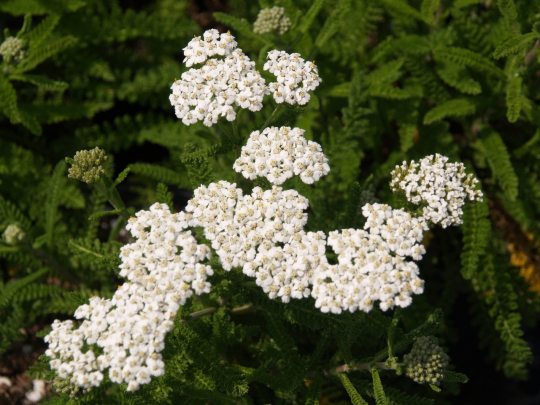

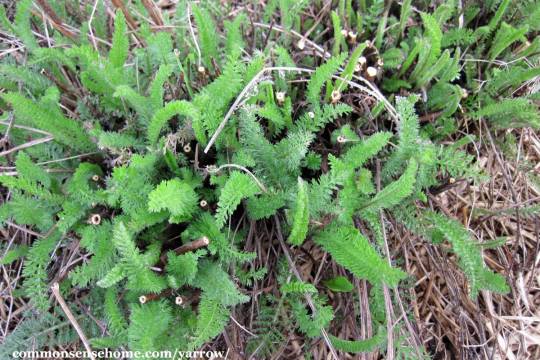

Common yarrow (Achillea millefolium) has edible leaves that can be used to flavour beer. Or you can make a jam.
More info on Plants for a Future.
#native Ontario plant species with edible parts#flowering plants#flowers#edible plants#native North American species#plants I want#plants I have#common yarrow#Achillea millefolium#yarrows#Canadian herbs
17 notes
·
View notes
Photo




American chestnut (Castanea dentata) has edible seeds and oil.
More info on Plants for a Future.
Special note: These are not to be confused with the non-native horse chestnut (Aesculus hippocastanum), whose seeds are edible when cooked well, but only in small quantities as they contain saponins. The leaf arrangement is different from the American chestnut, the flowers are quite a bit different, and the green outer shell is far less spiky.
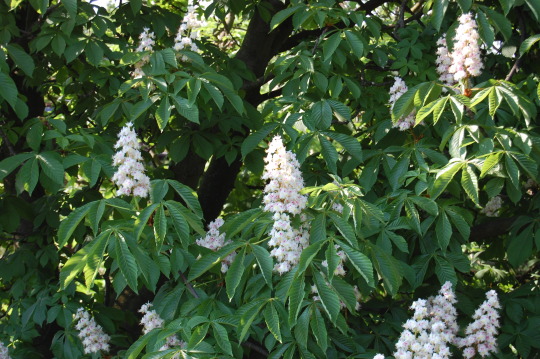

#native Ontario plant species with edible parts#deciduous trees#flowering plants#flowers#edible plants#native North American species#plants I want#American chestnut#Castanea dentata#chestnuts#Canadian nuts and seeds#Canadian vegetable oils#dangerous lookalikes#horse chestnut#Aesculus hippocastanum
17 notes
·
View notes
Photo




Harebell (Campanula rotundifolia) has edible leaves. Mine’s gotten quite big so it’s time to eat some this year.
More info on Plants for a Future.
Special note: while this species is on the USDA site as having a native range that includes of all of Canada and most of the the United States, Plants for a Future only mentions Britain, and Wikipedia states it has a limited range in the USA and that it doesn’t occur in Canada at all. I’ve looked through the variations and subspecies to see if any have been elevated to species whose range includes Ontario, but have come up short. It’s possible something like that is in the works and I will update the name if so. But until then, while the USDA site as well as several native plant sites have it under the Campanula rotundifolia name, I will as well.
#native Ontario plant species with edible parts#flowering plants#flowers#edible plants#native North American species#plants I want#plants I have#harebell#Scottish bluebell#Campanula rotundifolia#bellflowers#Canadian vegetables
14 notes
·
View notes
Photo
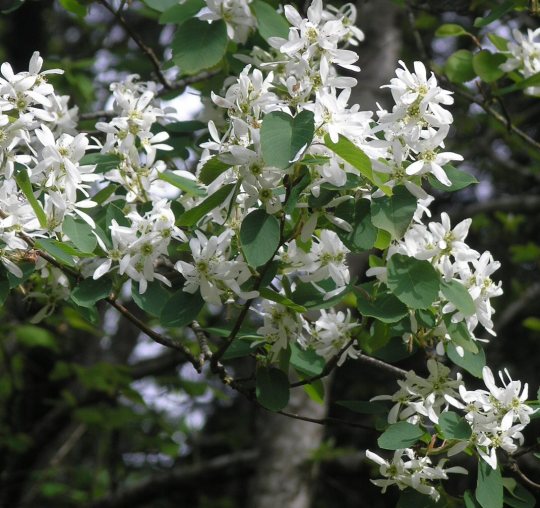

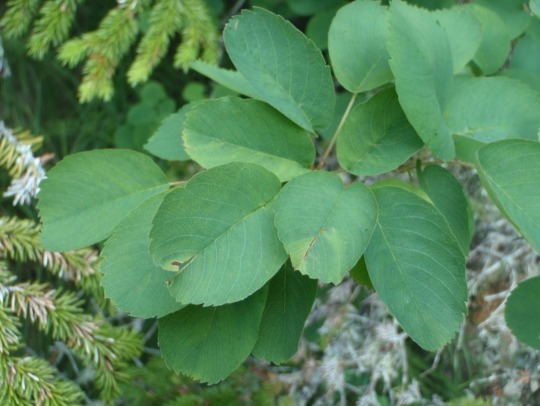

Saskatoon (Amelanchier alnifolia) has edible, delicious fruit. The correct way to eat the fresh berries is to gather as many as possible into both your hands and to cram them all into your mouth. Then you bite down. I eagerly await the spring for this purpose. They taste like a mix of apples, blueberries, cherries, and grapes.
More info on Plants for a Future.
#native Ontario plant species with edible parts#deciduous trees#flowering plants#flowers#edible plants#native North American species#plants I want#saskatoon#saskatoon berry#serviceberry#Amelanchier alnifolia#serviceberries#Canadian fruit
11 notes
·
View notes
Photo
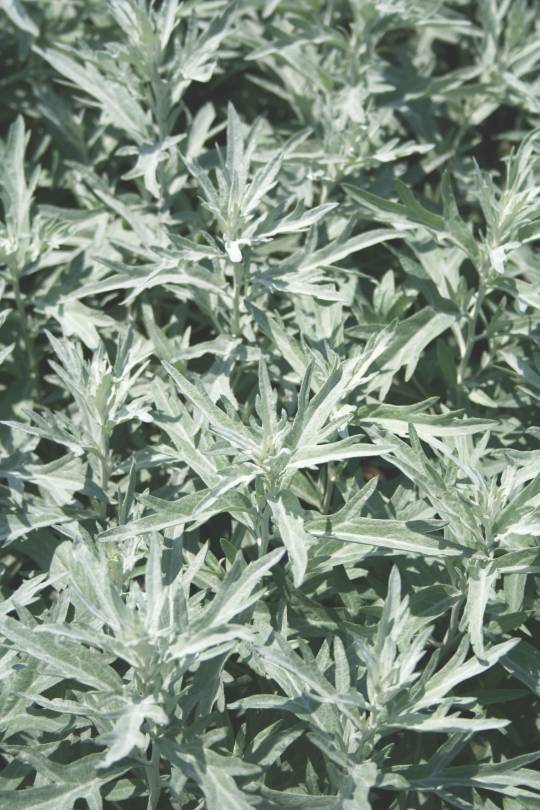



White sagebrush (Artemisia ludoviciana) has edible leaves, flower heads, and seeds.
More info on Plants for a Future.
#native Ontario plant species with edible parts#flowering plants#flowers#edible plants#native North American species#plants I want#white sagebrush#prairie sage#western mugwort#Artemisia ludoviciana#sagebrushes#Canadian nuts and seeds#Canadian tisanes#Canadian herbs#Canadian spices
12 notes
·
View notes
Photo



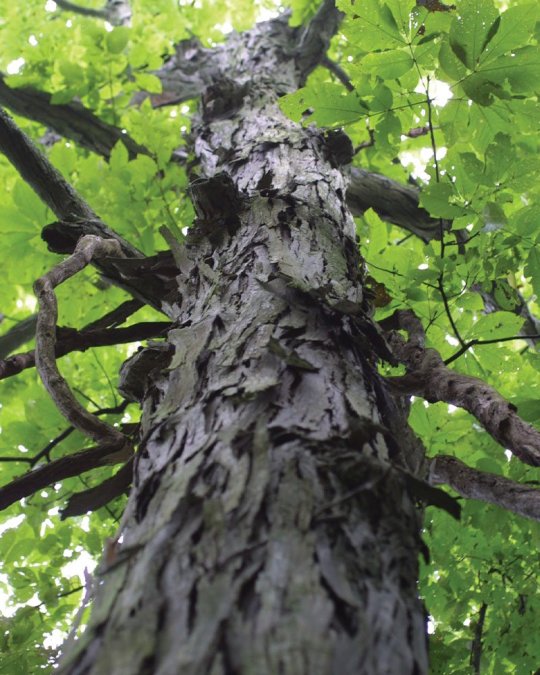
Shagbark hickory (Carya ovata) has edible seeds and sap.
More info on Plants for a Future.
#native Ontario plant species with edible parts#deciduous trees#flowering plants#flowers#edible plants#native North American species#plants I want#shagbark hickory#Carya ovata#hickories#Canadian nuts and seeds#Canadian syrups
9 notes
·
View notes
Photo




Canadian serviceberry (Amelanchier canadensis) has edible, delicious fruit. The correct way to eat the fresh berries is to gather as many as possible into both your hands and to cram them all into your mouth. Then you bite down. I eagerly await the spring for this purpose. They taste like a mix of apples, blueberries, cherries, and grapes. You can also make jam of them or add them to smoothies.
More info on Plants for a Future.
#native Ontario plant species with edible parts#deciduous trees#flowering plants#flower#edible plants#native North American species#plants I want#plants I have#juneberry#shadbush#shadblow#downy serviceberry#Amelanchier canadensis#serviceberries#Canadian fruit
10 notes
·
View notes
Photo
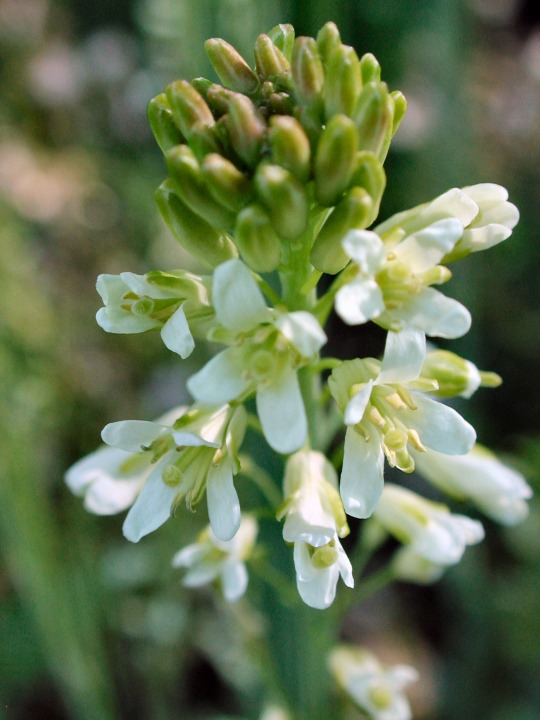


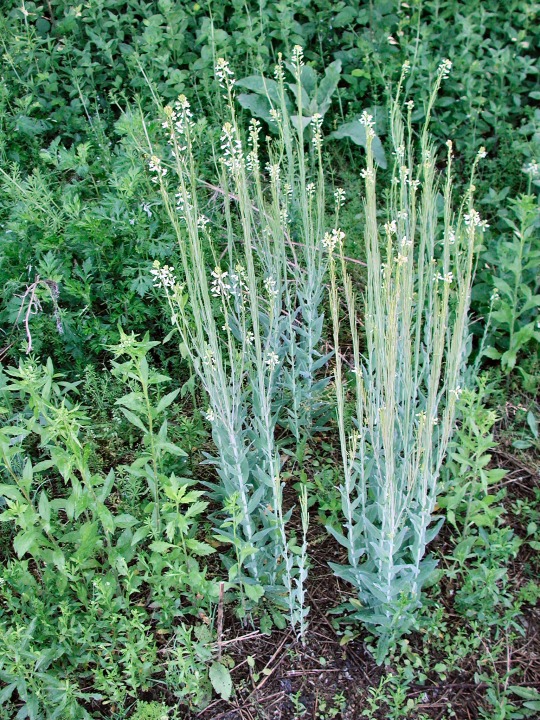
Tower rockcress (Arabis glabra) has edible young leaves.
More info on Plants for a Future.
#native Ontario plant species with edible parts#flowering plants#flowers#edible plants#native North American species#plants I want#tower rockcress#tower mustard#tower cress#Arabis glabra#rockcresses#Canadian vegetables
9 notes
·
View notes
Photo
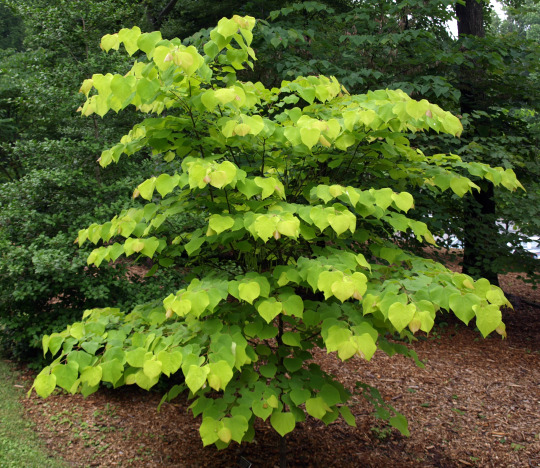
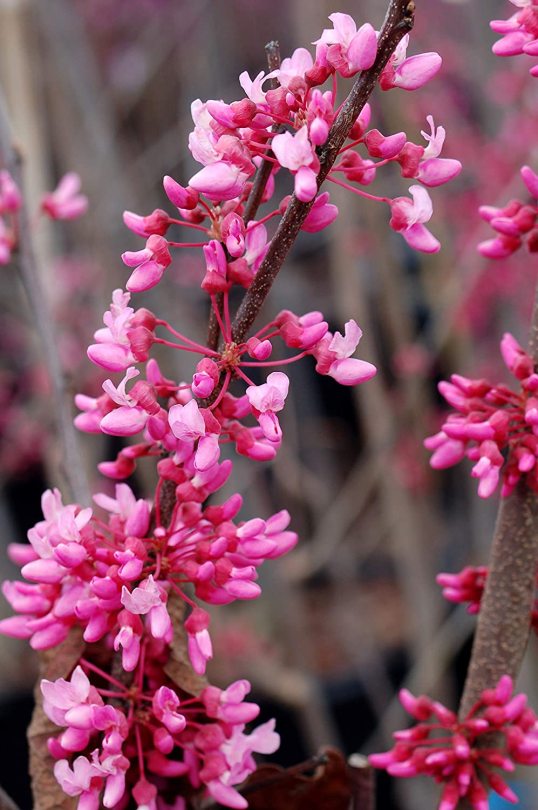


Eastern redbud (Cercis canadensis) has edible flower buds, flowers, young pods, and young leaves. I’ve made a lovely jam of the flowers of those around the city, but my own tree is too small to eat from yet.
More info on Plants for a Future.
#native Ontario plant species with edible parts#deciduous trees#flowering plants#flowers#edible plants#native North American species#plants I want#plants I have#eastern redbud#Cercis canadensis#redbuds#Canadian vegetables
8 notes
·
View notes
Photo




Low shadbush (Amelanchier humilis) has edible, delicious fruit. The correct way to eat the fresh berries is to gather as many as possible into both your hands and to cram them all into your mouth. Then you bite down. I eagerly await the spring for this purpose. They taste like a mix of apples, blueberries, cherries, and grapes. You can also make jam of them or add them to smoothies.
More info on Plants for a Future.
#native Ontario plant species with edible parts#flowering plants#flowers#edible plants#native North American species#plants I want#deciduous trees#low shadbush#serviceberries#Canadian fruit
9 notes
·
View notes
Photo

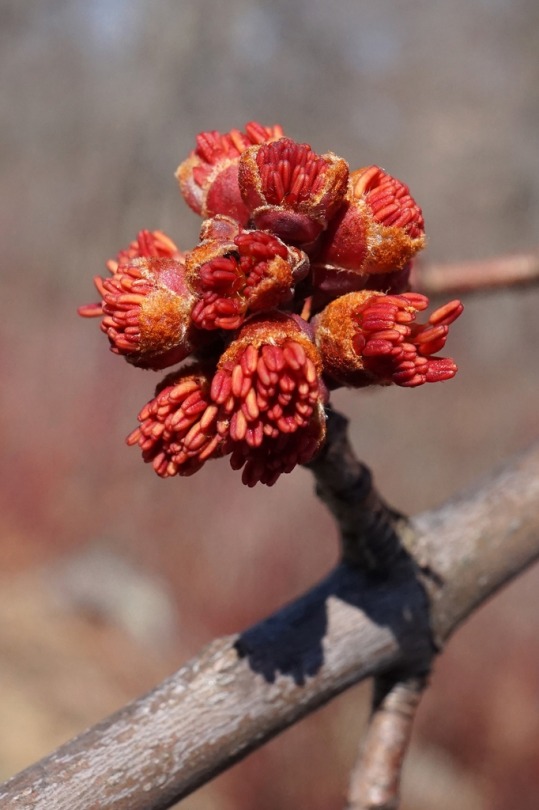

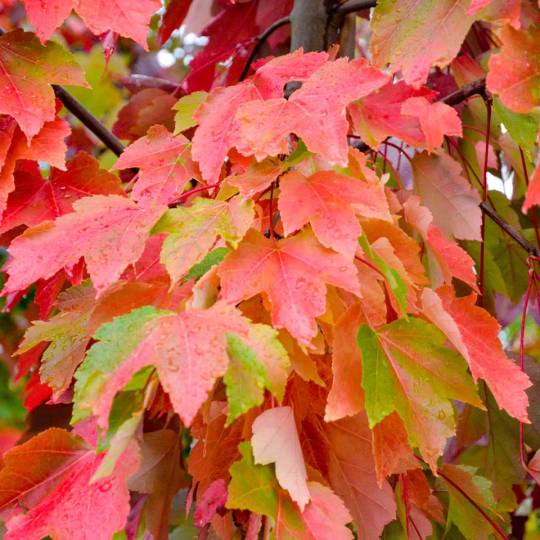
Swamp maple (Acer x freemanii) is hydrid of the silver maple and the red maple. As such the inner bark, leaves, sap, and seeds are probably edible.
#native Ontario plant species with edible parts#deciduous trees#flowering plants#flowers#edible plants#native North American species#plants I want#swamp maple#Acer x freemanii#maple tree#maples#Canadian vegetables#Canadian nuts and seeds#Canadian syrup
9 notes
·
View notes